For kitchen professionals, mastering the art of utilizing a wok is essential for creating a myriad of exquisite dishes. In this guide on how to use wok, we will delve deep into its functionalities, techniques, and culinary magic, ensuring you wield this tool with confidence. From stir-frying to steaming, the versatility of a wok makes it a staple in many kitchens.
The wok, with its distinctive shape, allows for high-heat cooking, providing the ideal environment for quick, flavorful meals. Knowing how to use wok effectively can elevate your cooking, enabling restaurant-quality dishes right at home or in a professional setting.

Understanding the Wok: A Chef's Perspective
Before diving into usage techniques, its vital to understand what a wok is. Traditionally, a wok is a round-bottomed cooking pot originating from China, designed for various cooking methods such as stir-frying, frying, boiling, and steaming.
Woks come in various materials, including cast iron, stainless steel, and carbon steel, each providing unique benefits. Carbon steel woks, for instance, heat quickly and evenly, making them extraordinarily popular among chefs. For a comprehensive guide, consider looking at this what is a wok article.

Fundamentals of Cooking with a Wok
Learning how to use wok involves grasping a few essential techniques that will enhance your cooking skills significantly. Here are the primary functions you should focus on:
1. The Art of Stir-Frying
Stir-frying is perhaps the most well-known method of cooking with a wok. This technique involves cooking food quickly at high heat while constantly stirring it. Heres how to master stir-frying:
- **Prepare Ingredients Ahead**: Cut your ingredients into uniform sizes, ensuring even cooking.
- **Heat the Wok**: Preheat the wok on high heat until it's smoking slightlythis indicates it's ready for cooking.
- **Add Oil**: Pour in a small amount of oil, swirling it around to coat the bottom of the wok consistently.
- **Add Ingredients**: Start with proteins like chicken or beef, followed by vegetables, giving each ingredient enough time to sear without overcrowding.
For more insights on cooking techniques, you can check out this detailed grilling guide.
2. Steaming with a Wok
Another wonderful technique is steaming, which can be accomplished by using a steaming rack within your wok. Follow these steps:
- **Fill the Wok**: Add water to the wok, filling it up to a few inches high.
- **Prepare a Steamer Rack**: Place the steaming rack over the water, ensuring it doesnt touch the liquid.
- **Add Food**: Arrange your food on the steaming rack and cover the wok with a lid.
- **Steam**: Allow the water to come to a boil. Steam your food until tender; this method preserves moisture and nutrients without added fat.
3. Deep Frying with a Wok
If you seek authentic flavors, deep frying in a wok is a superb method. Heres how to do it safely:
- **Heat Oil**: Pour oil into the wok (about 3-4 inches), heating it to 350F. Use a thermometer for accuracy.
- **Carefully Add Food**: Gently slide your food into the hot oil to avoid splatters.
- **Monitor Temperature**: Ensure the oil temperature remains steady to achieve perfect frying.
- **Drain Properly**: Remove fried foods and let them drain on paper towels to absorb excess oil.
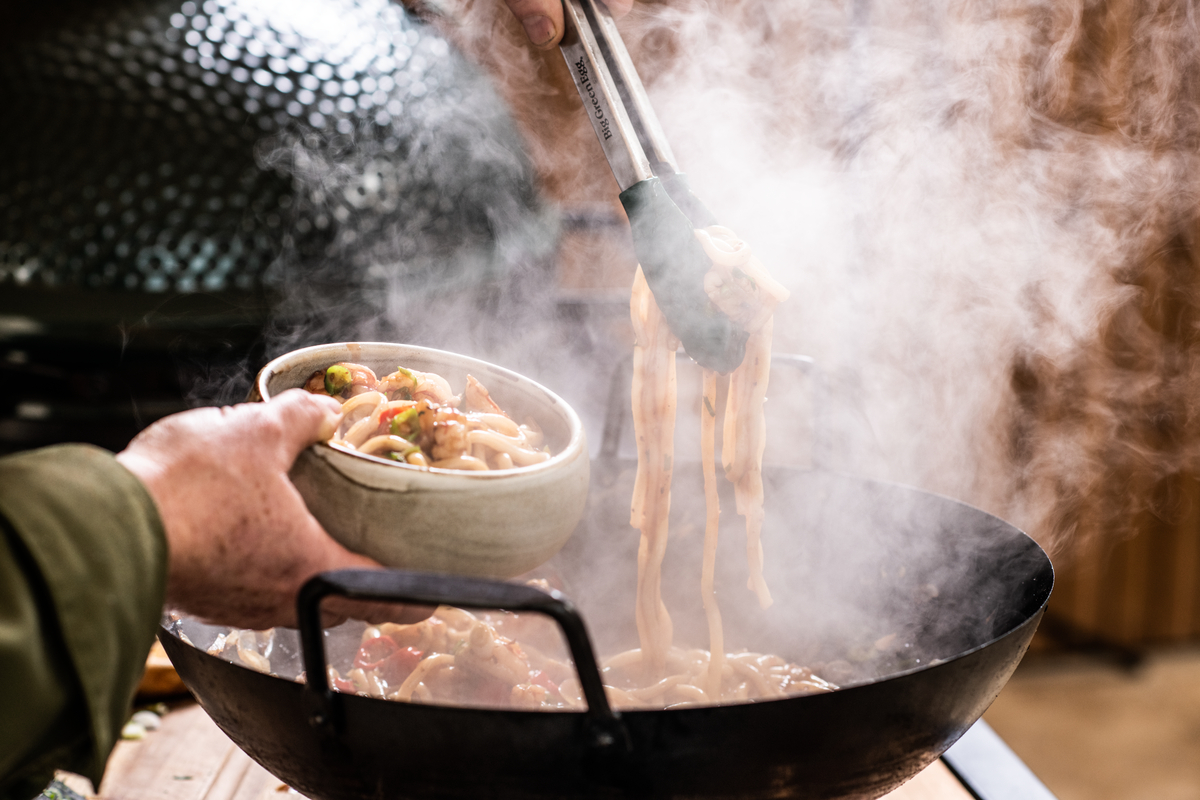
Choosing the Right Wok for You
Selecting the perfect wok is crucial for achieving optimal results. Consider the following:
- Material: Carbon steel is a top choice for professionals due to its durability and excellent heat conduction.
- Shape: Round-bottomed woks are ideal for gas stoves, while flat-bottomed woks are better suited for electric stoves.
- Size: Choose a wok that fits your cooking volume; larger woks are suitable for batch cooking, while smaller ones work well for intimate meals.
To learn more about choosing and maintaining your wok, refer to this insightful seasoning guide.
Wok Maintenance: Tips for Longevity
Maintaining your wok ensures its longevity and performance:
- Pre-seasoning: Before initial use, season your carbon steel wok to create a non-stick surface.
- Post-Cooking Care: After cooking, clean your wok with hot water and a soft sponge. Avoid using soap as it can strip the seasoning.
- Re-seasoning: Occasionally, re-season your wok to maintain its non-stick properties. Regular seasoning will enhance its performance and longevity.
For more details on re-seasoning, visit this seasoning resource.
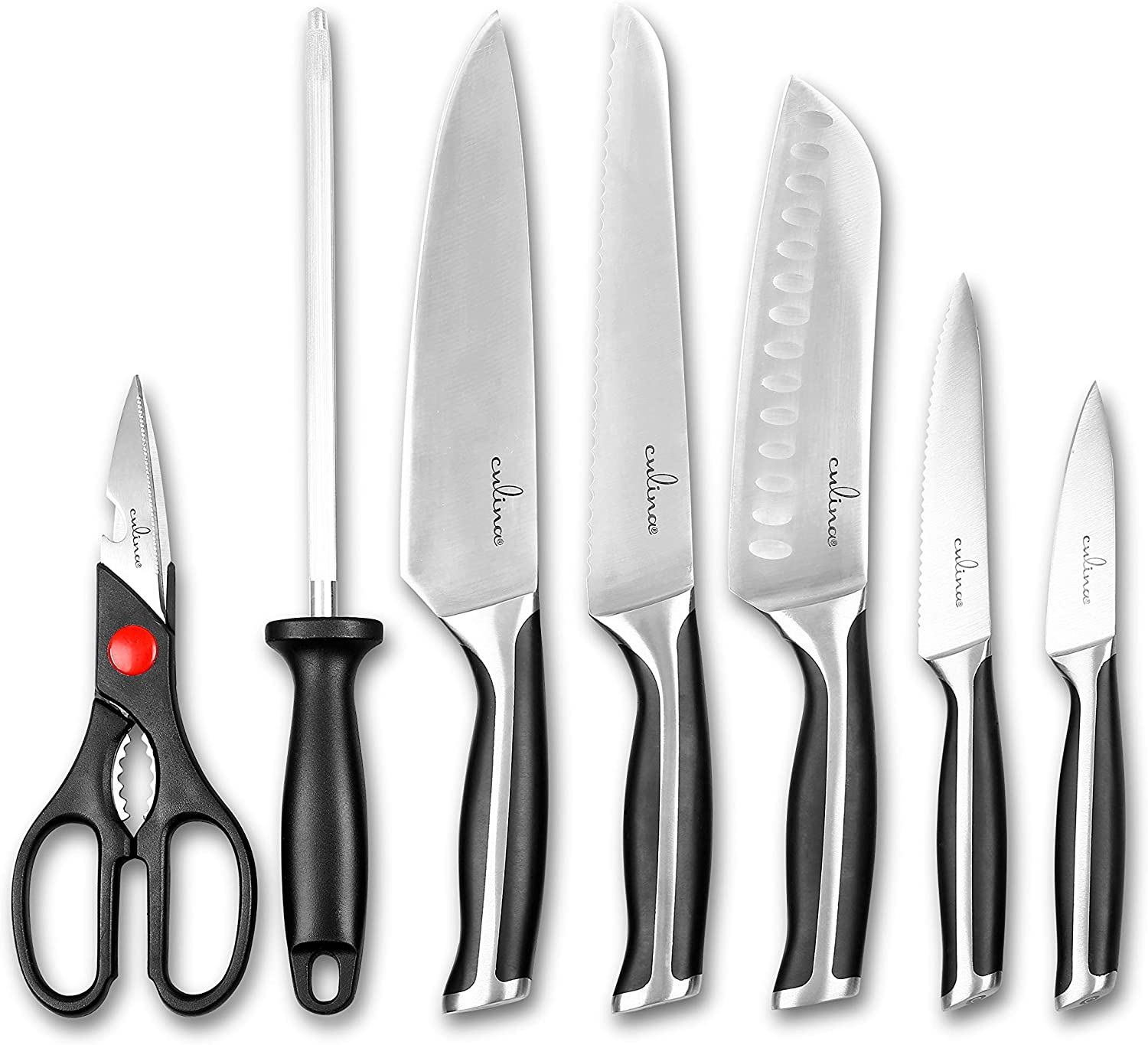
Health Benefits of Cooking with a Wok
Cooking with a wok not only brings flavor but also offers some health benefits, including:
- Reduced Oil Usage: The high-heat cooking enables you to use less oil compared to traditional frying methods.
- Nutrient Retention: Quick cooking times help preserve vitamins and minerals, making your meals more nutritious.
- Variety of Techniques: With techniques like steaming, sauting, and stir-frying, you can prepare balanced meals with diverse ingredients.
Common Mistakes When Using a Wok
Even seasoned kitchen professionals can make errors when cooking with a wok. Here are common pitfalls and solutions:
- Overcrowding the Wok: This leads to steaming instead of stir-frying. Work in batches to maintain high heat.
- Poor Heat Management: Not preheating the wok enough can affect cooking results. Always ensure your wok is hot before adding oil.
- Using Cold Ingredients: Adding cold food to a hot wok cools the temperature down, resulting in longer cooking times. Allow your ingredients to reach room temperature.
Frequently Asked Questions
1. What oil is best for cooking with a wok?
Use high smoke point oils like vegetable oil, canola oil, or peanut oil for the best results.
2. Can I use a wok on an electric stove?
Yes, but ensure you have a flat-bottomed wok for even heat distribution. More information can be found in this wok guide.
3. Do I need to season a non-stick wok?
No, non-stick woks do not require seasoning like carbon steel woks. However, it's essential to maintain them by using non-metal utensils to avoid scratching.
As an Amazon Associate, I earn from qualifying purchases.

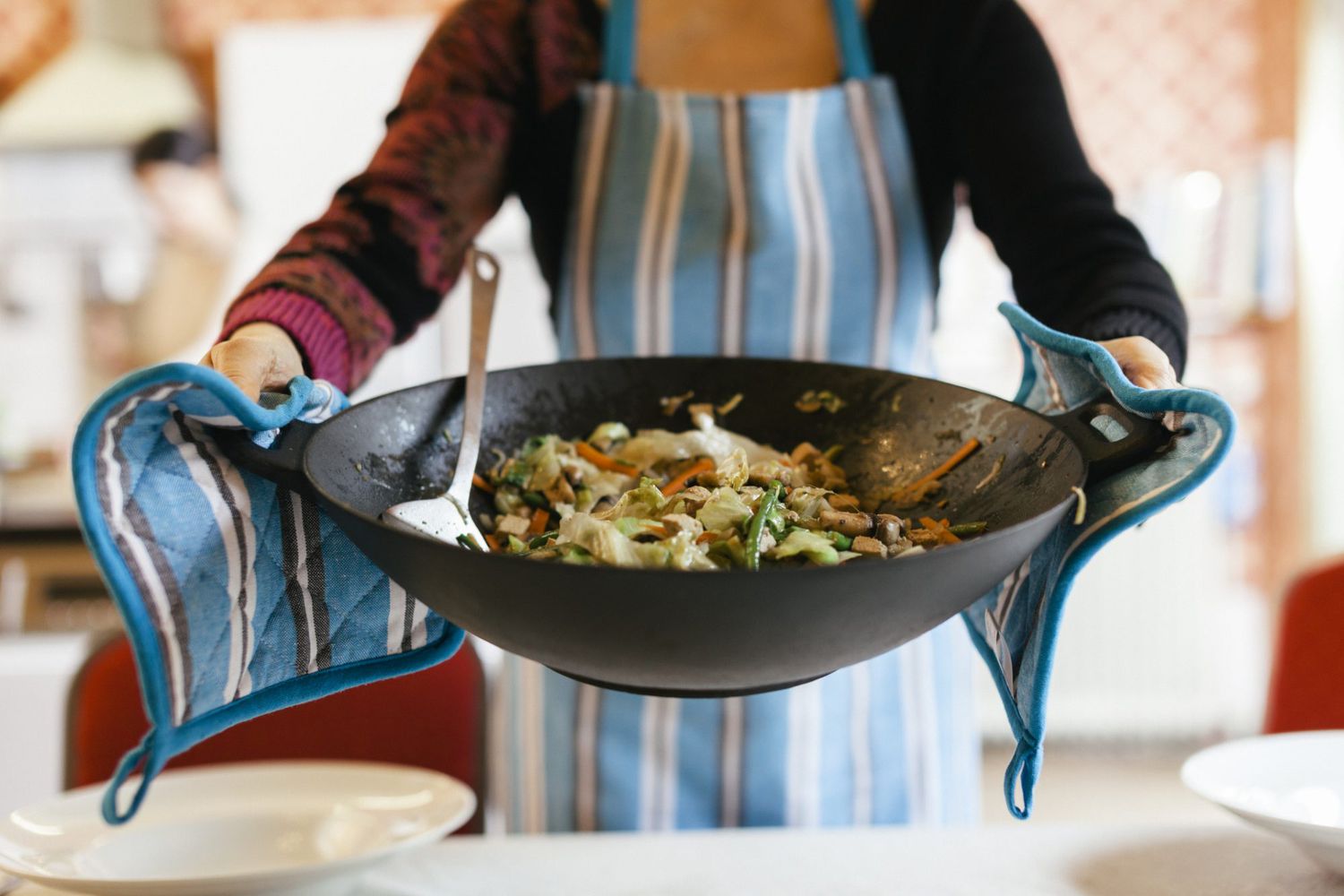


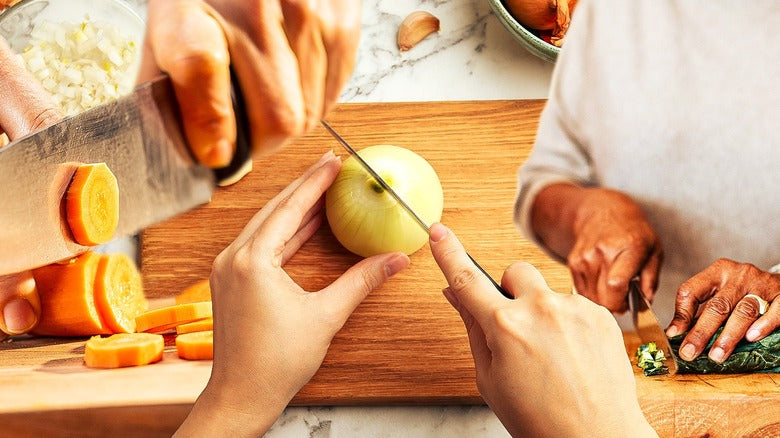
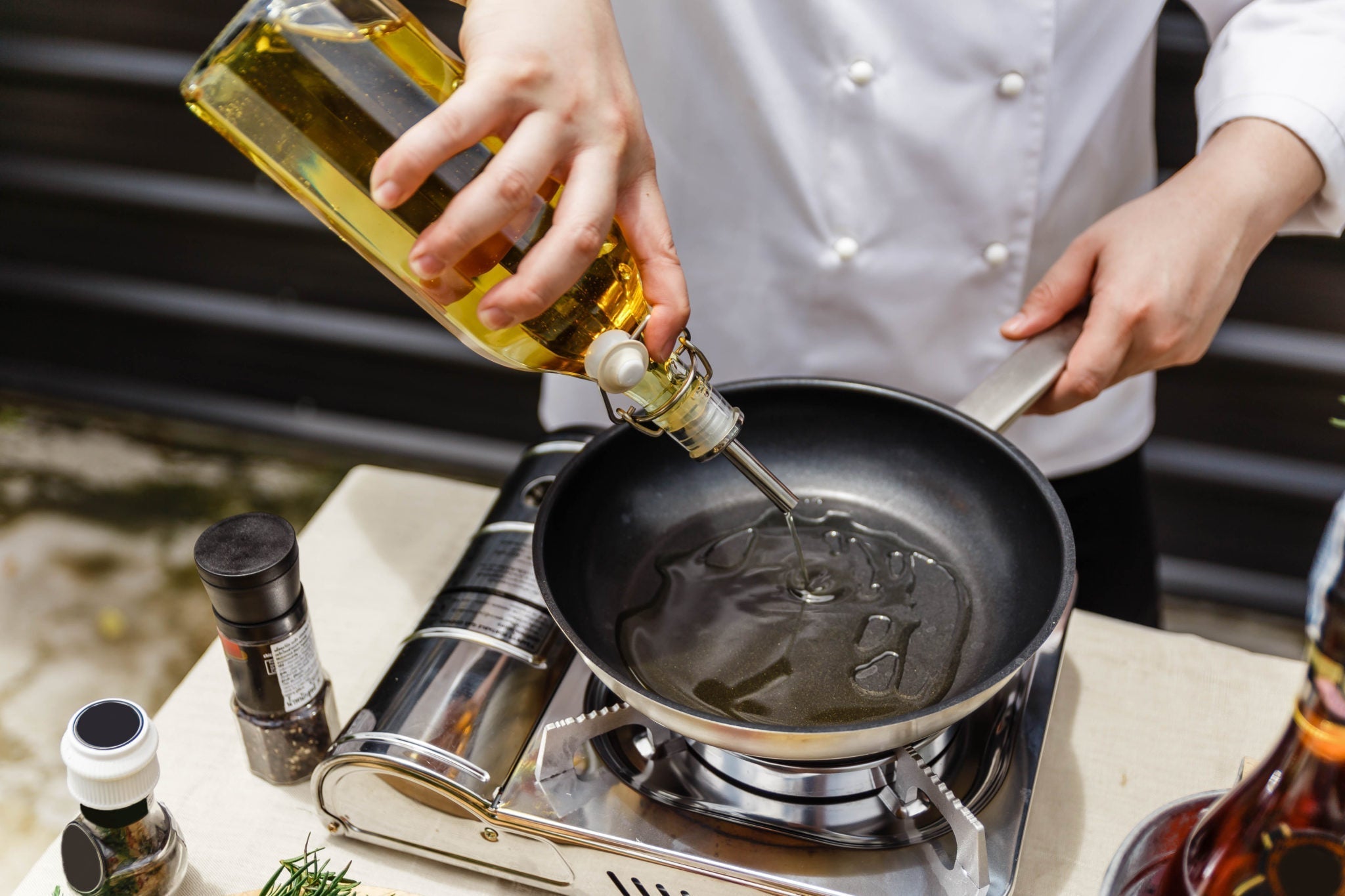
Leave a comment
This site is protected by hCaptcha and the hCaptcha Privacy Policy and Terms of Service apply.